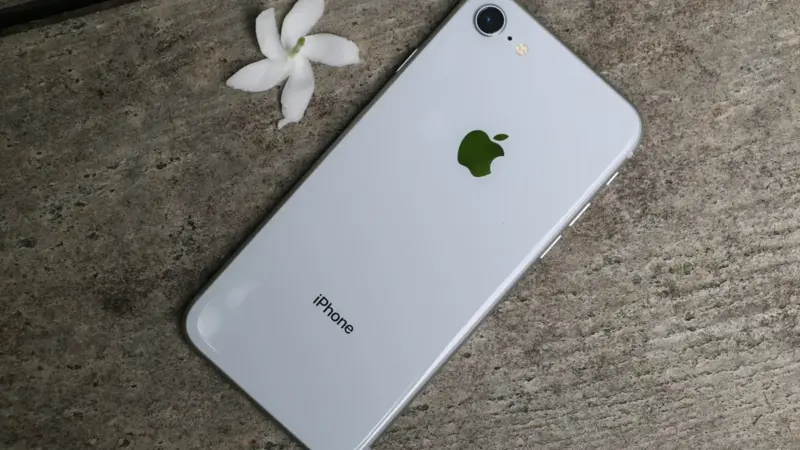Apple VR

In the ever-evolving landscape of technology, Apple has consistently been at the forefront of innovation. The latest buzz in the tech community revolves around Apple’s foray into the world of Virtual Reality (VR). While details have been scarce, rumors and speculations are rife about Apple’s ambitious plans for VR, promising to revolutionize the way we interact with digital content. This article aims to explore the potential impact of Apple’s VR endeavors and what we can expect from this tech giant in the immersive technology realm.
Apple’s Previous Ventures in AR and VR:
Before delving into the future, let’s take a moment to reflect on Apple’s past endeavors in the augmented and virtual reality space. Apple’s interest in AR was first evident with the introduction of ARKit in 2017, enabling developers to create augmented reality experiences for iOS devices. This marked the initial step into the realm of spatial computing.
In 2020, Apple released the iPad Pro with LiDAR technology, further enhancing its AR capabilities. The LiDAR scanner provides advanced depth-sensing capabilities, laying the foundation for more immersive AR applications. While Apple has been gradually integrating AR features into its devices, the VR space has been relatively untouched until now.
The Apple VR Headset:
Rumors surrounding Apple’s VR headset have been circulating for quite some time. Reports suggest that the device will be a standalone headset, eliminating the need for a tethered connection to a computer or a smartphone. This aligns with Apple’s commitment to creating seamless, user-friendly experiences.
One of the standout features of the Apple VR headset is expected to be its high-resolution display. Apple is known for its Retina displays, and the VR headset is rumored to continue this trend, providing users with a stunning visual experience. The device is also expected to incorporate advanced eye-tracking technology, allowing for more natural interaction within the virtual environment.
A key challenge in VR is achieving a comfortable and lightweight design. Apple, with its expertise in product design, is anticipated to address this issue effectively. The headset may feature a sleek and ergonomic design, ensuring prolonged usage without discomfort.
Apple’s Approach to Content:
One of Apple’s strengths lies in its ecosystem of services and content. With the VR headset, Apple is expected to leverage this ecosystem to provide users with a rich library of VR content. Developers are likely to be encouraged to create immersive experiences specifically tailored for the Apple VR platform.
Apple’s AR glasses are also rumored to be in the pipeline, and the VR headset could serve as a stepping stone towards a more comprehensive AR/VR strategy. The seamless integration of AR and VR experiences could open up new possibilities for users, bridging the gap between the physical and digital worlds.
Potential Applications and Industries:
The applications of Apple’s VR headset extend far beyond gaming and entertainment. While these are undoubtedly significant markets, Apple’s influence could reach into various industries. For instance, education could see a transformation with immersive learning experiences, allowing students to explore historical sites, conduct virtual experiments, or engage in interactive lessons.
In the healthcare sector, VR has already demonstrated its potential for therapy and medical training. Apple’s entry into this space could accelerate the development of medical applications, aiding in patient rehabilitation, surgical training, and mental health interventions.
Collaboration and Productivity:
As remote work becomes increasingly prevalent, there is a growing need for innovative collaboration tools. Apple’s VR headset could offer a virtual workspace where users can collaborate seamlessly, holding meetings, sharing documents, and even working on 3D models in a shared environment. This could redefine the way teams collaborate across geographical boundaries.
Privacy and Ethical Considerations:
The immersive nature of VR raises important questions about privacy and ethics. Apple, known for its emphasis on user privacy, is likely to address these concerns proactively. The inclusion of features like App Tracking Transparency, which was introduced in iOS 14.5, could extend to the VR ecosystem, giving users more control over their data.
Conclusion:
Apple VR space holds immense promise, given the company’s track record of innovation and commitment to delivering exceptional user experiences. The rumored VR headset is poised to bring high-quality visuals, innovative features, and seamless integration into Apple’s ecosystem. As we eagerly await an official announcement from Apple, the tech world is abuzz with anticipation, eager to witness the next chapter in the evolution of immersive technology. The convergence of AR and VR under Apple’s umbrella could redefine the way we perceive and interact with the digital world, marking a significant milestone in the ongoing journey of technological advancement.






